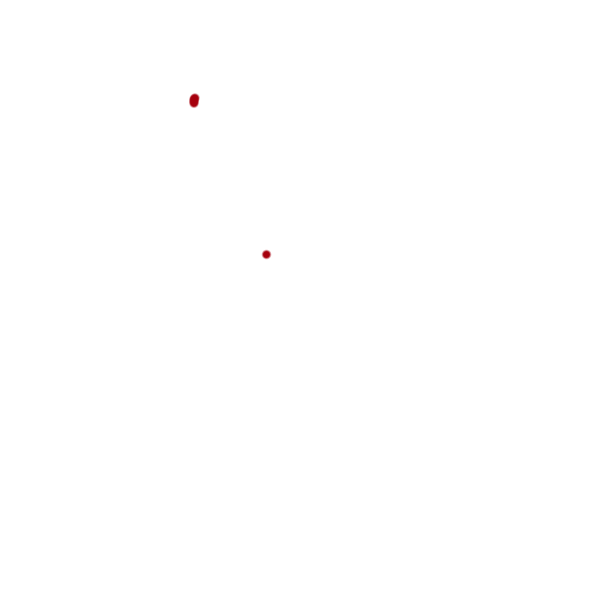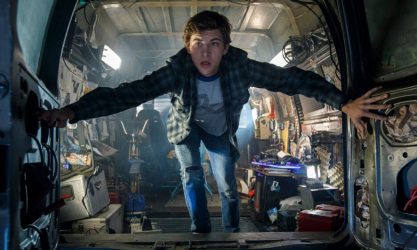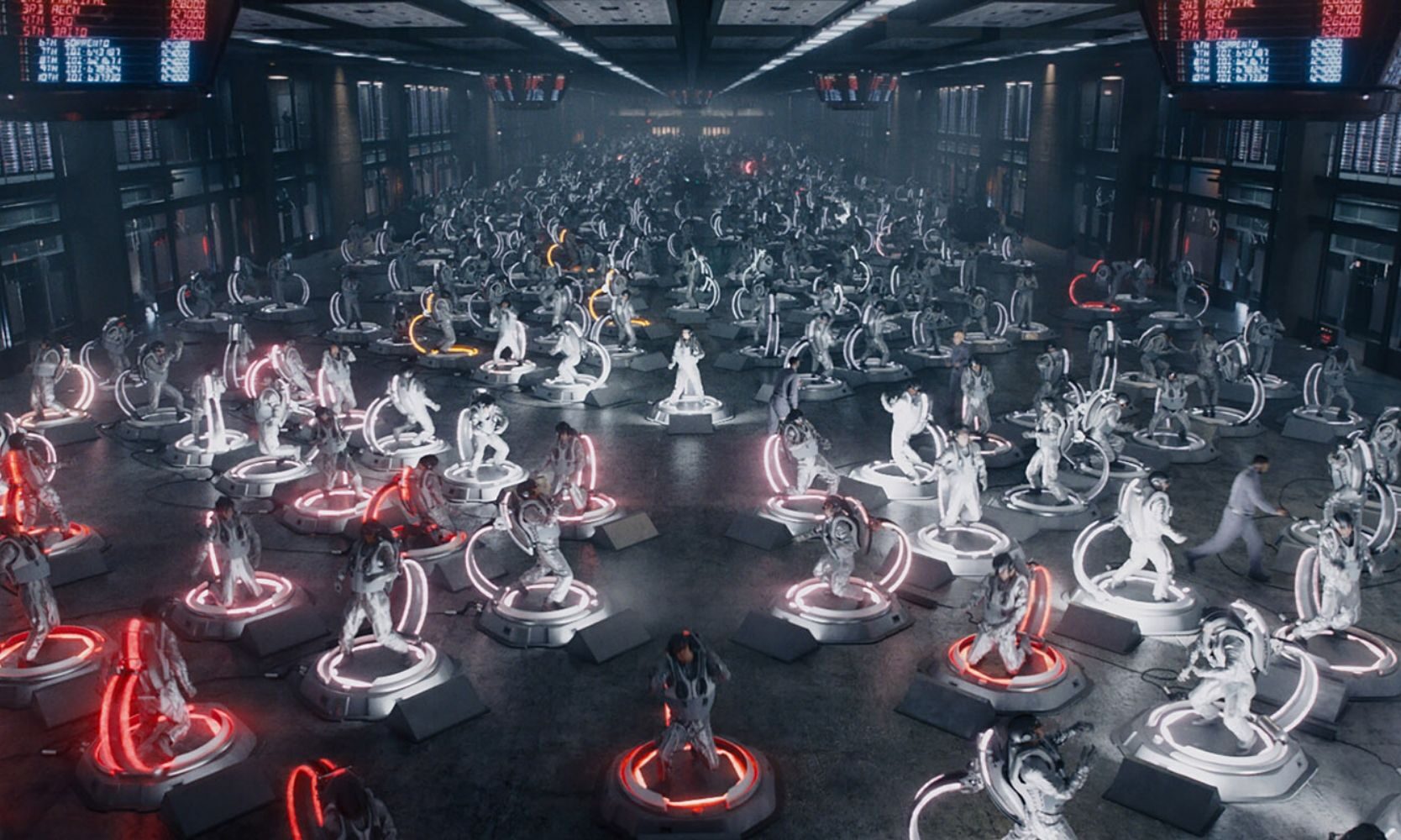PRODUCTION COMPANY: Warner Bros
Director: Steven Spielberg
THE SYNOPSIS
Our team worked closely with director Steven Spielberg on the Academy Award and BAFTA-nominated “Ready Player One.” We were first awarded motion caption work on the film, and were later brought on to provide previs for the entire movie. Our Head of Visualization Scott Meadows joined early pre-production meetings to help design the VFX work, including the epic race through the fantastical world of New York City.
VFX Supervisor Matthew Butler and a team of 250 artists produced the visual effects for the film’s 300 real-world shots. From the gritty city shots to the hologram of Wade’s avatar, we focused on making our work look as physically realistic as possible – no matter what the visual effect was. This can also be seen during the destruction of the stacks. During the explosion sequence, the structure yields and fails in a way that a real structure would–metal buckles, tarps shear and cables snap.
To populate the stacks in our eight sequences, we created hundreds of digital humans, CG cars, CG flying drones, and functional items such as ladders, BBQs, and staircases that implied life.
HOLOGRAM
For the hologram of Wade’s avatar, Parzival, we needed to apply fresh ideas and thinking to the full design, as we wanted it to be new and exciting, yet have the audience be immediately able to recognize what it was. During brainstorming with Steven and Adam, we imagined how it would have actually happened. We pitched the idea to have these corpuscles–little particles–of light that had a physical constraint to them surround the character. The light would be constrained to and take inertial queues from Parzival’s “actual” body and move with an organic fluid-like flow. Similar to how there’s digital distortion during a transmission, the computer creating the hologram is constantly playing catch up in a way that is not distracting from the dialogue but provides interesting activity around him.
THE STACKS
There were 5-6 semi-built stacks about four to five trailers high using about twenty trailers. They created enough practical elements for tight shots and physical interaction with it. Digital Domain came in and extended what they built digitally adding many hundreds of more elements and building the stacks further out and up. We collaborated with production designer Adam Stockhausen to get the stacks’ urban sprawl just right. He wanted the stacks to look like structures that grew over time and weren’t overly planned out but were put together as needed, evolving over time and serving its function.
We decided that in order for the digital asset to feel real, it needed to feel lived in so we created hundreds of digital humans, CG cars, CG flying drones, and functional items such as ladders, BBQs, staircases and things that implied life. We took ideas from the actual set and built upon them by adding moving smoke, dust and even hundreds of wind turbines.
We did our best to ground everything in physical reality as well. A great example of this was the dynamic simulation of the destruction of the stacks. During the explosion sequence, the structure yields and fails in a way that a real structure would–metal buckles, tarps shear and cables snap.
ENTERING THE OASIS
While on set, director Steven Spielberg described what he wanted to achieve for a tricky POV shot. He wanted to get the audience into Wade’s mind by giving them that point of view vantage point as the character places his goggles over his eyes and enters the Oasis. Butler realized that the only way to achieve it would be to digitally create Wade’s body. It isn’t physically possible to create a continuous shot where Wade lifts the goggles onto his face and we see his perspective due to the size of the camera. Cinematographer Janusz Kamiński used a Frazier lens to get as close as possible to the actor and Steven choreographed a move where he lifts the goggles up toward his head transitioning to our fully digital version of the character Wade.




